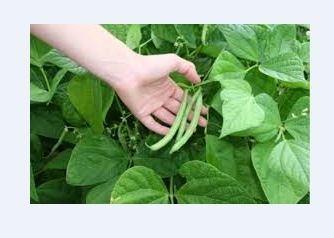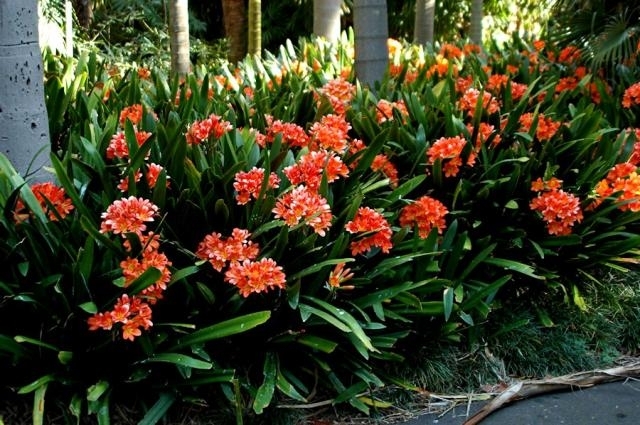- Author: Gerry L Hernandez
Garden Styles
By Kathleen S. Dickason
If you have a space that is or can be a blank canvas and you are looking for ideas as to what style of garden you might like, then this book will be of use to you.
The author begins with a chapter on general gardening practices and planting methods and follows with ten chapters covering Cottage Gardens, Country Gardens, Natural Gardens, Foliage Gardens, Fragrant Gardens, Habitat Gardens, Rock Gardens, Shade Gardens and Water Gardens. At the end of each chapter is a list of suggested plants with descriptions and photos which can be helpful.
At the back of the book are a Directory of Garden Suppliers (of little or no use to Northern California Gardeners for it covers the entire United States and has no local businesses) and an Index of Plants (of some use).
Garden Styles (ISBN: 0-7853-1685-X) was published in 1996 by Publications International.
- Author: Gerry L Hernandez
BEANS
The most widely planted bean type are the snap beans (string bean and green beans). Plants grow as self-supporting hushes (bush beans) or as climbing vines (pole beans).
- Most beans thrive in heat and sun.
- Sow seeds as soon as the soil is warm.
- Easy to grow from seeds.
- Moisten the soil thoroughly before planting, then do not water again until seedlings have emerged. Once growth starts, keep the soil moist.
- Control aphids, cucumber beetles, spider mites and whiteflies. Row covers help with insect control on bush beans. Hosing down the plant helps with aphids and yellow sticky traps help with whiteflies.
- Pick snap beans by nipping them off with your thumbnail as seeds begin to swell inside the pods.
- Read your seed packet for lots of information!
- Author: Gerry L Hernandez
Grow California or Mediterranean natives
Check out the UC Arboretum All-Stars
- Plants thrive with little irrigation
- Planting in the fall allows the roots to grow without competition
- Irrigate until established
- Minimize high water use ornamentals
Benefit: Reduce watering, trimming, fertilizing and spraying
This picture is of a California Iris in my garden.
Click here for the All-Stars list.
Clivia miniata
I am anxiously awaiting once again the blooms of my long time potted Clivia, also known as Kieffer Lily.
Research tells me that the Clivia is a member of the amaryllis family, with its showy and striking blooms, most often bright orange, or the Belgium hybrids have very wide strap like leaves with yellow to deep red- orange blooms.
- The flowering period ranges from early winter to mid-spring.
- They do best in shade, used in borders with azaleas, ferns, and other shade plants. However, my Clivia loves being pot bound, and continues to bloom, bloom, and bloom each year.
- Frost hardy to 30-25 F degrees, and does best with regular fertilizing and watering.
- Author: Gerry L Hernandez
Tangy Apricot Walnut Chicken
Spicy brown mustard and apricot preserves make this dish tasty and easy to prepare. Slightly undercook zucchini, as it will continue to cook a bit after you remove it from the heat.
INGREDIENTS
2 Tbl Butter
4 Chicken breasts (small), boneless and skinless
1 Onion (small) quartered and sliced
1/3 cup Apricot preserves
¼ cup Lemon juice
1 ½ Tbl Spicy brown mustard
½ tsp Garlic salt
2 Zucchini (small), sliced
½ cup California walnuts, toasted and coarsely chopped
Fresh Rosemary, chopped
Freshly ground pepper to taste
DIRECTIONS
Melt butter in a large nonstick skillet over medium heat.
Add chicken and onion. Cook until chicken is lightly browned and onions are softened.
Add preserves, lemon juice, mustard, garlic salt and zucchini.
Cook over medium heat for 5 more minutes or until chicken is cooked through and vegetables are still crisp but tender.
Sprinkle with walunts and rosemary. Season with pepper and serve.
Serves 4
Recipe from the California Walnut Board, www.walnuts.org







